Delayed salmon spawning produces low quality eggs
The natural spawning time for salmon is December, but in the farming industry, the spawning time is often manipulated so that eggs are guaranteed throughout the year. But how does the shift in spawning affect the egg quality of the salmon? Can the broodstock diet improve the quality of salmon eggs?
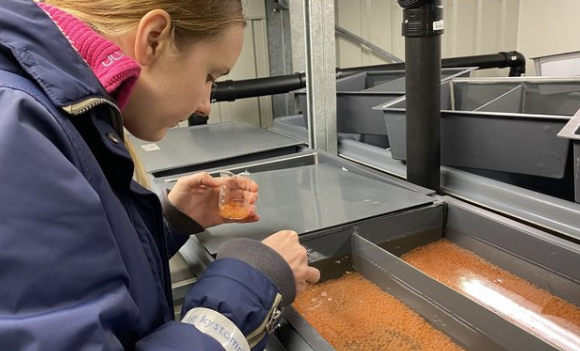
Marine researcher at the Norwegian Institute of Marine Research, Kristin Hamre, has been working on these questions in recent years. “We have had little knowledge of the nutritional needs of broodstock. It takes a lot of resources to research the nutritional needs of broodstock because the experiments take a long time and are done on large fish, Hamre said.
Hamre and his research colleagues divided the 1,600 fish into three groups with different spawning times. One group had the spawning postponed by one month - until November; another group had spawning postponed two months - to February; while the last group was allowed to spawn at the natural time - in December.
Researchers found big differences between the three groups. The group with delayed spawning in February had poor egg quality, fertilization and survival, said Hamre. The natural group had the best egg quality, while the group with earlier spawning was slightly worse than the natural group.
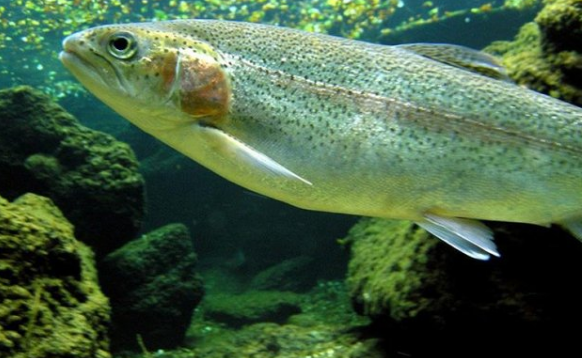
“We found that the nutrient content of eggs and fry was affected by the time of spawning and that this is linked to egg quality, said the researcher. Researchers wondered whether different ways of broodstock feeding could affect growth, the amount of eggs each fish spawns, and the quality of eggs and fry.
To find answers, compared broodstock feed and grow-out feed. A group of broostock was feed with broodstock feed for 17 months, while the other group was fed with grow-out feed for eight months and broodstock feed for nine months.
Researchers found that there was little difference between the two feeding regimes, therefore, nine months was enough.
Cre: Hatchery Feed Management
Ngày đăng : 21/02/2024
1440 View
Other Articles
Global Shrimp Forum: Global shrimp trade is reshaping
China’s Import Value Up 10%, Vietnamese Shrimp Remains Among Leading Suppliers
After the 7.5-magnitude offshore earthquake in Aomori that injured 34 people, Japan has issued a warning about a potential mega-earthquake
India’s shrimp exports accelerate despite the trade war with the United States
Portuguese food group acquires 18% stake in cod farming company Norcod
Indonesia implements radioactive-free shrimp certification for exports to the United States
India is world’s second-largest shrimp producer. That is now under threat
Ca Mau’s shrimp industry moves towards “green” growth
Floods devastate aquaculture, processing operations in Vietnam
Ecuador Leads Global Shrimp Exports, Surpassing USD 7 Billion in 2025
India's marine product exports rise 16% as new markets offset US dip
Skretting presents the first shrimp feed with insect meal in Vietnam








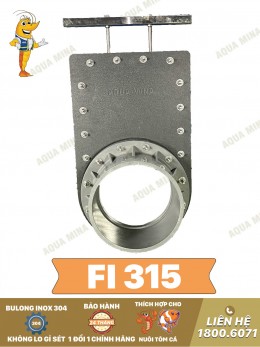
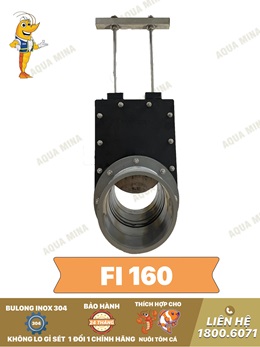
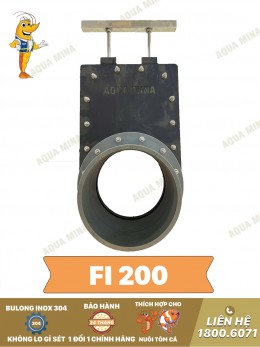
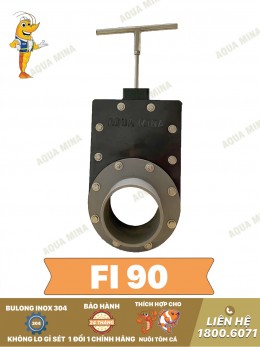
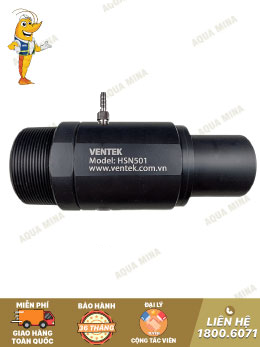
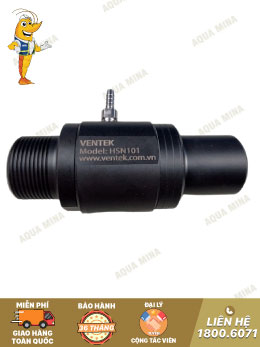

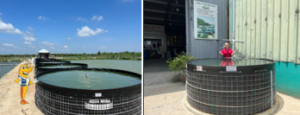
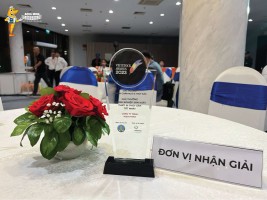
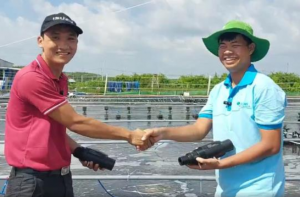
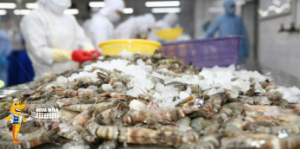
.jpg)